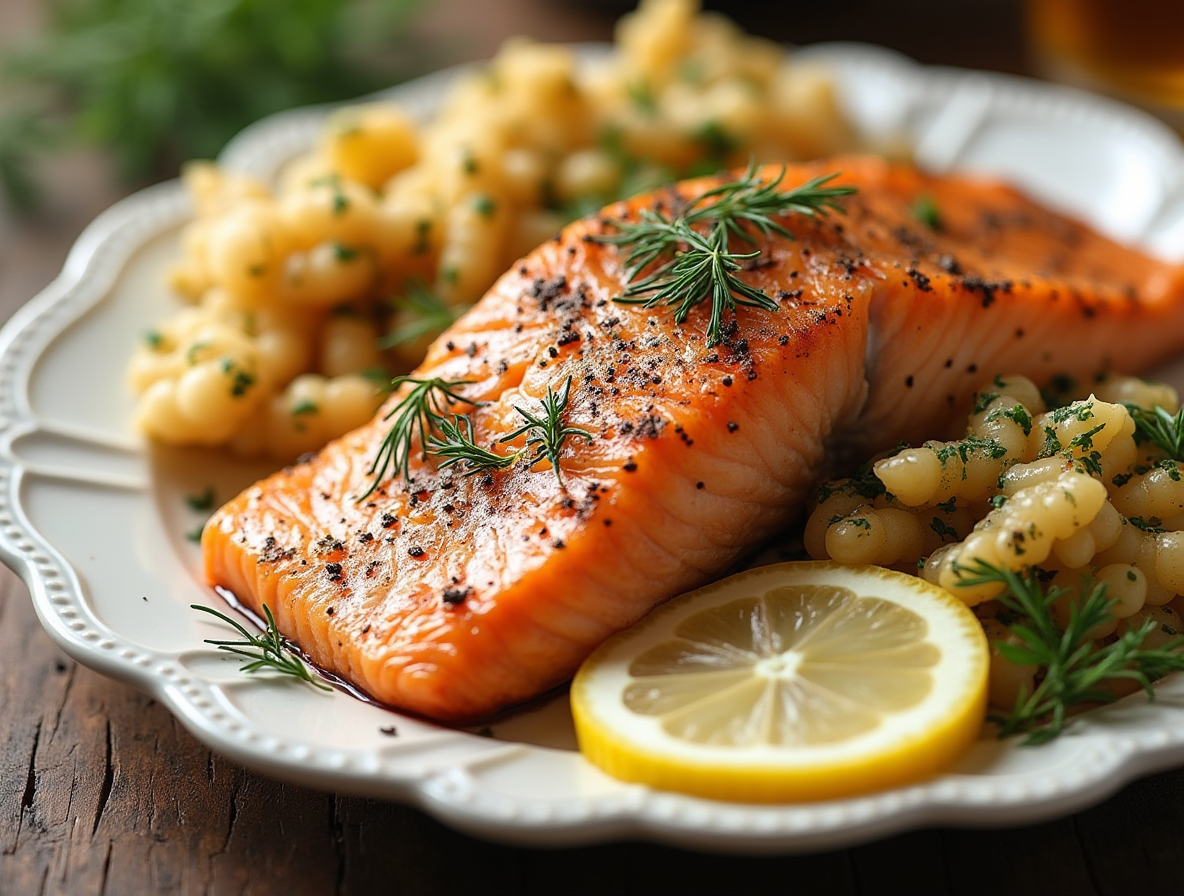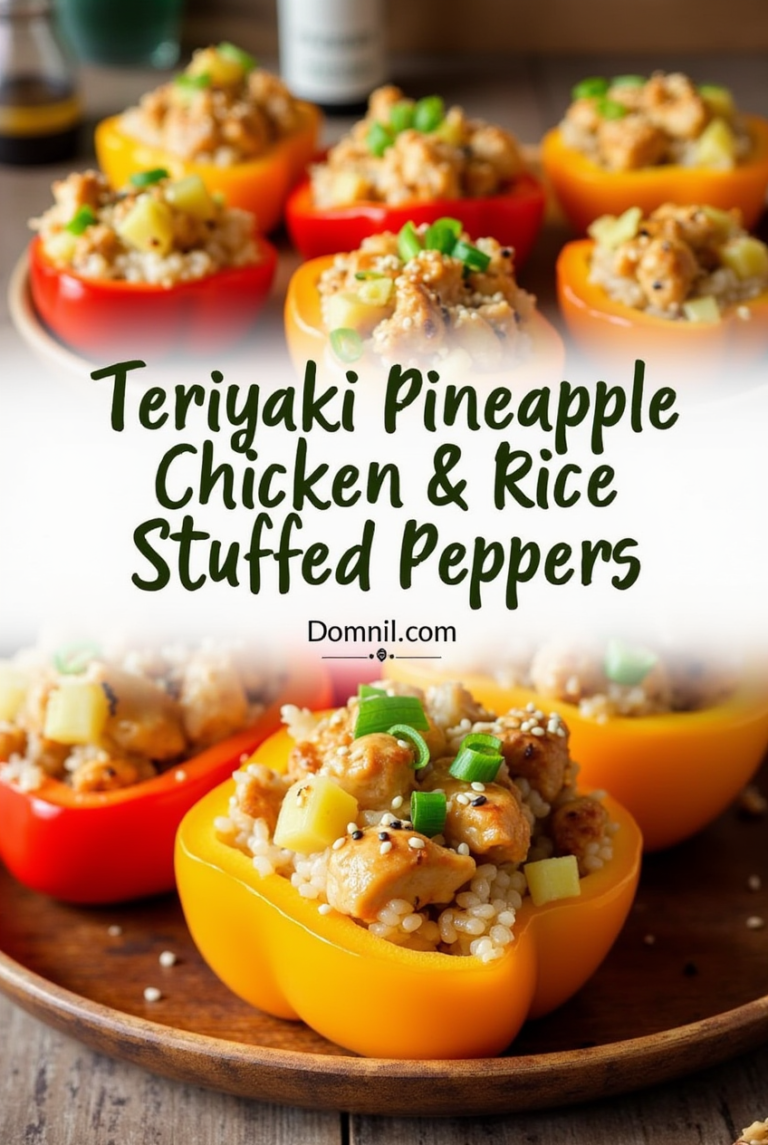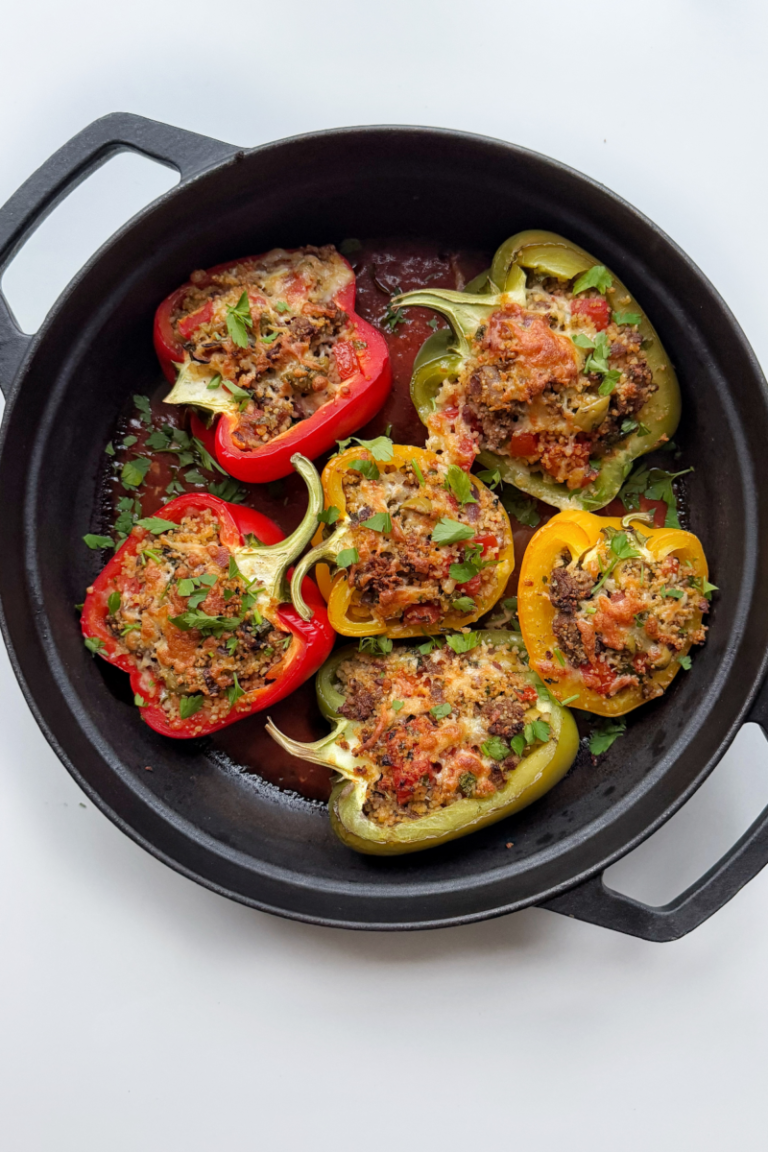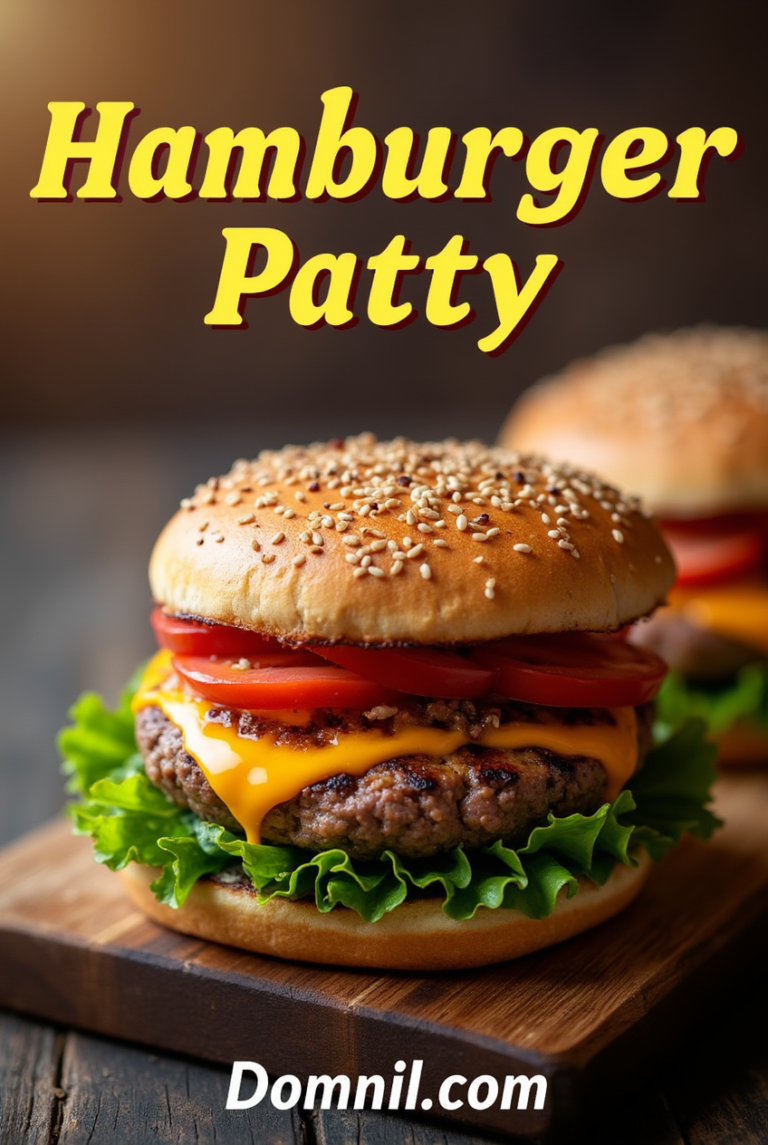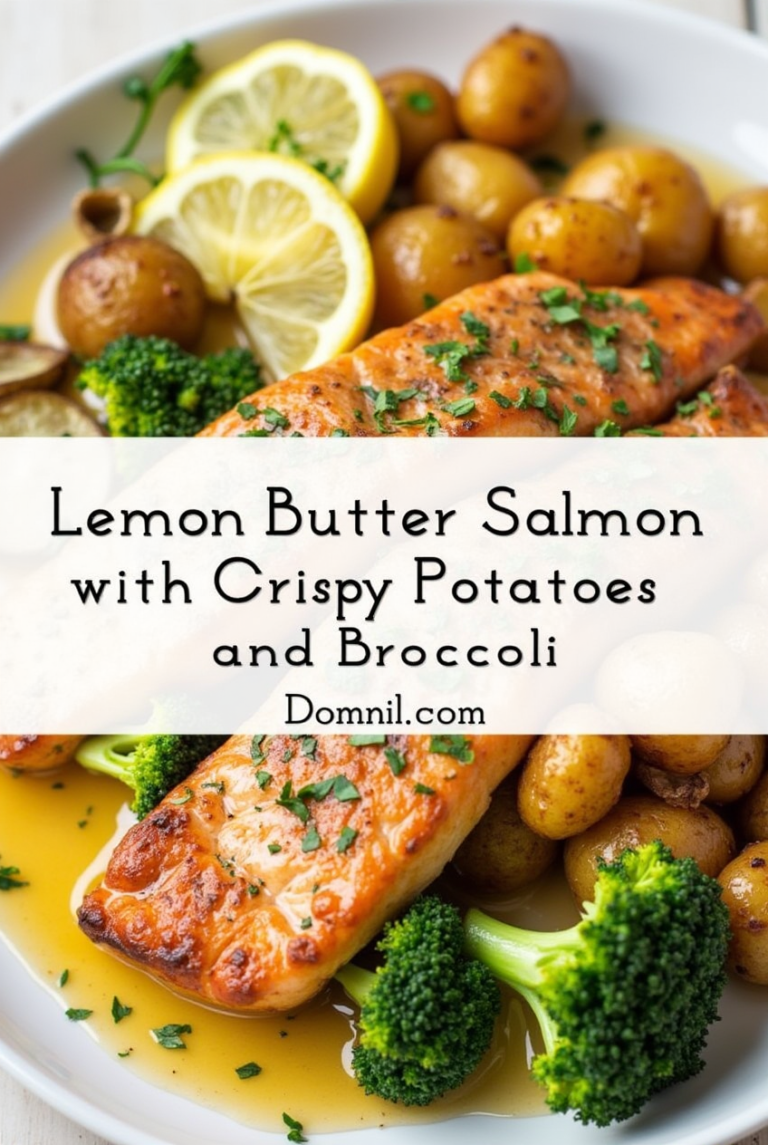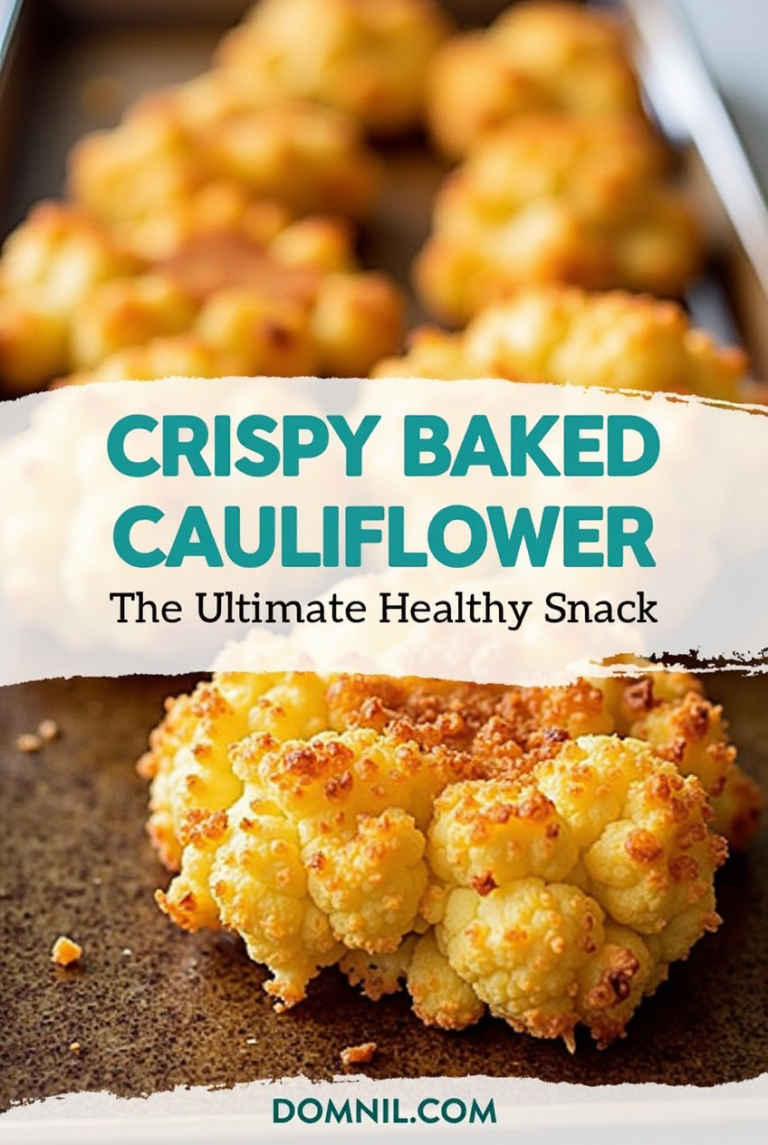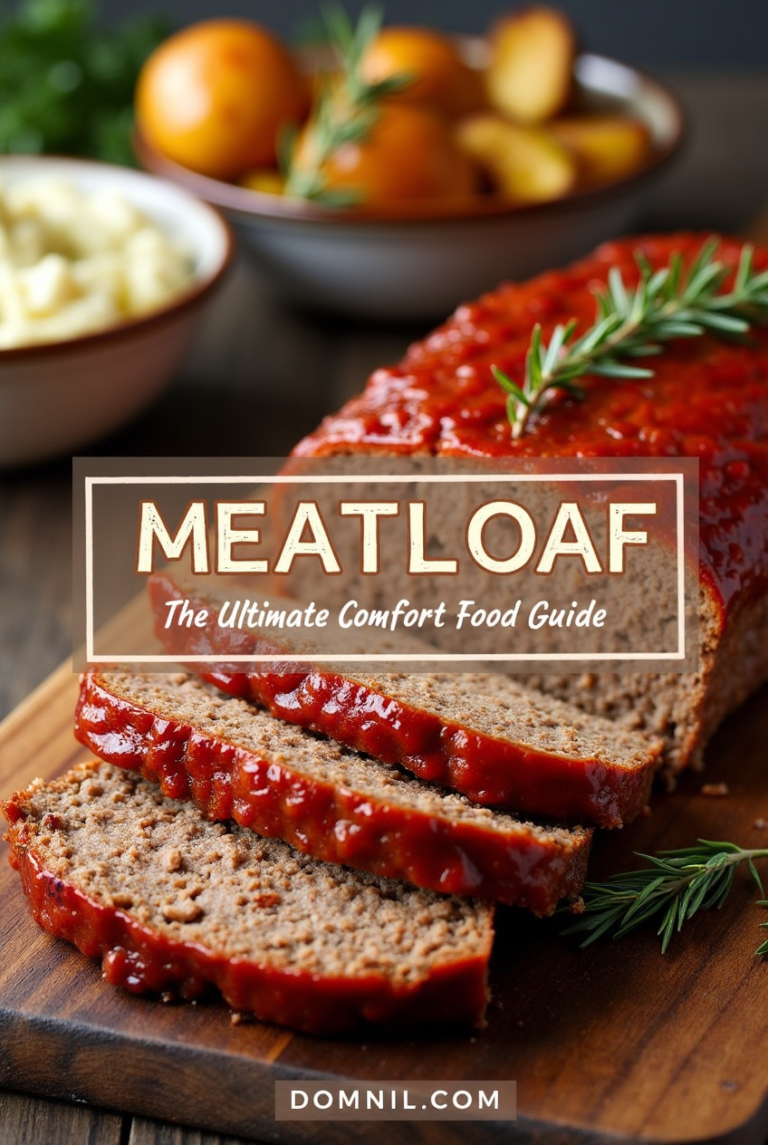Baked Salmon: A Complete Guide to Cooking the Perfect Salmon Dish
Salmon is one of the most nutritious and flavorful fish you can eat, and baking it is one of the easiest and healthiest ways to prepare it. Whether you’re a seasoned chef or a beginner in the kitchen, baked salmon is a dish that anyone can master. This guide will take you through everything you need to know about baking salmon—from choosing the best type of salmon to step-by-step cooking instructions, seasoning options, side dish pairings, and more.
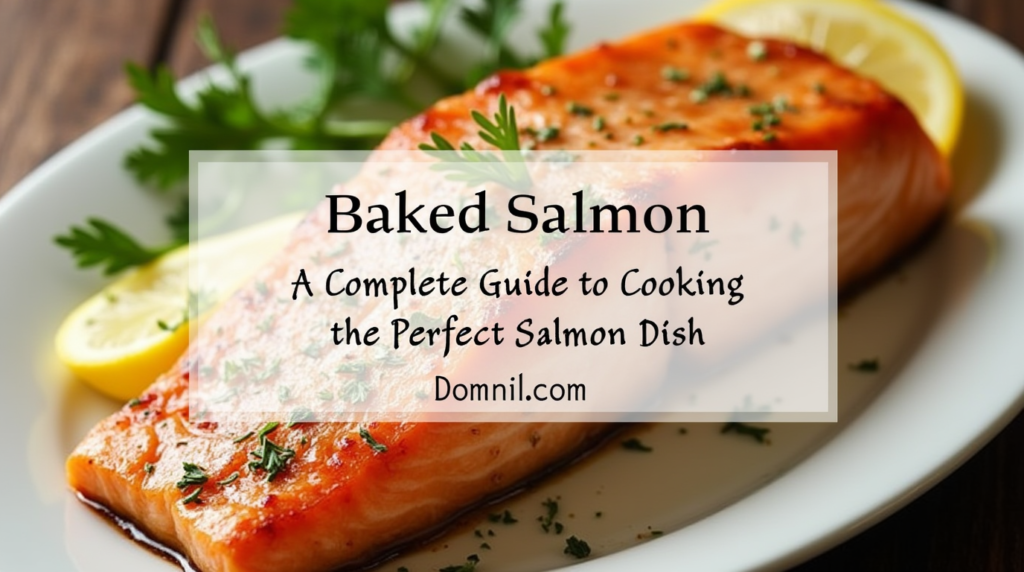
Table of Contents
Why Bake Salmon?
Baking is one of the best methods for cooking salmon because it:
✔ Preserves Nutrients – Unlike frying, baking retains omega-3 fatty acids and vitamins.
✔ Enhances Flavor – Slow cooking allows the natural flavors to shine.
✔ Is Easy and Convenient – Simply season, place in the oven, and let it cook.
✔ Results in Moist, Tender Fish – Baking helps keep salmon juicy and flaky.
Choosing the Best Salmon for Baking
Before you start cooking, selecting high-quality salmon is crucial for the best flavor and texture.
Types of Salmon
There are several varieties of salmon, each with unique characteristics:
- Atlantic Salmon – Commonly farmed, with a mild flavor and a buttery texture.
- Sockeye Salmon – Rich, deep red flesh with a stronger taste.
- Coho Salmon – Medium firmness, mild flavor, and slightly fatty.
- King Salmon (Chinook) – The highest fat content, giving it a rich and luxurious taste.
Fresh vs. Frozen Salmon
- Fresh salmon is ideal if you can get it from a trusted source. Look for bright color, firm flesh, and a mild ocean scent.
- Frozen salmon is often frozen immediately after being caught, preserving its freshness. If buying frozen, choose vacuum-sealed fillets without ice crystals.
Preparing Salmon for Baking
Cleaning and Deboning Salmon
Even if you buy pre-cut fillets, always check for small pin bones. Here’s how to remove them:
- Run your fingers along the fillet to feel for bones.
- Use tweezers to gently pull them out.
- Rinse the salmon under cold water and pat dry with paper towels.
Seasoning and Marinades
Salmon is incredibly versatile and pairs well with different flavors. Here are some popular seasoning options:
Simple Seasoning
✔ Olive oil, salt, and black pepper for a clean, natural taste.
✔ Fresh garlic or garlic powder for a savory touch.
✔ Lemon juice for a bright, zesty flavor.
Marinades for Extra Flavor
✔ Soy Sauce & Honey – Sweet and savory with a slight umami kick.
✔ Garlic Butter & Lemon – Classic, rich, and aromatic.
✔ Cajun Spice Mix – A bold, spicy option with paprika and cayenne.
✔ Dijon Mustard & Dill – Tangy, slightly sweet, and herbal.
Should You Remove the Skin?
Leaving the skin on during baking helps retain moisture. If you don’t like eating the skin, you can easily peel it off after baking.
How to Bake Salmon Perfectly
Oven Temperature and Cooking Time
To get the perfect texture, follow these temperature guidelines:
- 375°F (190°C) – Gentle cooking for a soft texture (15-20 minutes).
- 400°F (205°C) – Balanced tenderness and slight crispiness (12-15 minutes).
- 425°F (220°C) – Quick cooking with a firmer texture and crispy edges (10-12 minutes).
Step-by-Step Instructions for Baking Salmon
- Preheat your oven to the desired temperature.
- Prepare the salmon – Pat dry, season, and place on a baking sheet lined with parchment paper.
- Optional: Drizzle olive oil or melted butter over the fillet for added moisture.
- Bake in the oven until the internal temperature reaches 125°F-130°F (52°C-54°C).
- Let it rest for 5 minutes before serving to lock in the juices.
Baking with Foil vs. Sheet Pan
- Foil-Wrapped Salmon: Seals in moisture, making it extra juicy.
- Sheet Pan Baking: Allows for crispy edges and a firmer texture.
Delicious Baked Salmon Recipes
1. Classic Garlic Butter Baked Salmon
- Ingredients: Salmon, butter, minced garlic, lemon juice, salt, pepper.
- Method: Bake at 400°F for 12–15 minutes.
2. Lemon Herb Baked Salmon
- Ingredients: Salmon, fresh thyme, lemon slices, olive oil, salt.
- Method: Bake at 375°F for 15–18 minutes.
3. Honey Glazed Baked Salmon
- Ingredients: Salmon, honey, soy sauce, garlic, ginger.
- Method: Bake at 400°F for 12 minutes, then broil for extra caramelization.
4. Spicy Cajun-Style Baked Salmon
- Ingredients: Cajun seasoning, olive oil, garlic powder, paprika.
- Method: Bake at 425°F for 10–12 minutes.
What to Serve with Baked Salmon
Best Side Dishes
✔ Garlic Roasted Asparagus – Light and crispy.
✔ Steamed Broccoli or Green Beans – Healthy and easy to prepare.
✔ Mashed or Roasted Potatoes – A hearty side for a complete meal.
✔ Quinoa or Brown Rice – A nutritious grain option.
✔ Sautéed Spinach with Garlic – Adds extra greens to your plate.
Wine Pairings for Baked Salmon
- Lemon & Herb Salmon – Pair with Chardonnay or Sauvignon Blanc.
- Garlic Butter Salmon – Try Pinot Grigio or Riesling.
- Spicy Cajun Salmon – Goes well with light Pinot Noir.
- Honey Glazed Salmon – Perfect with Rosé or Riesling.
Health Benefits of Eating Baked Salmon
1. Rich in Omega-3 Fatty Acids
- Reduces inflammation
- Improves heart health
- Supports brain function
2. Excellent Source of Protein
- Helps build and repair muscles
- Aids in weight management
- Keeps you feeling full longer
3. Packed with Vitamins and Minerals
- Vitamin D – Boosts immunity and strengthens bones.
- B Vitamins – Support metabolism and energy production.
- Potassium – Helps regulate blood pressure.
Storage and Leftover Ideas
How to Store Baked Salmon
- Refrigerator: Store in an airtight container for up to 3 days.
- Freezer: Wrap tightly and freeze for up to 3 months.
Ways to Use Leftover Salmon
✔ Salmon Salad – Add to greens with a vinaigrette.
✔ Salmon Tacos – Use with tortillas, avocado, and spicy sauce.
✔ Salmon Pasta – Toss with garlic butter sauce and noodles.
✔ Salmon Omelet – A protein-packed breakfast option.
Reheating Tips
- Oven Method: Warm at 275°F for 10–15 minutes.
- Stovetop Method: Reheat in a covered pan over low heat.
- Avoid Microwaving: It dries out the fish.
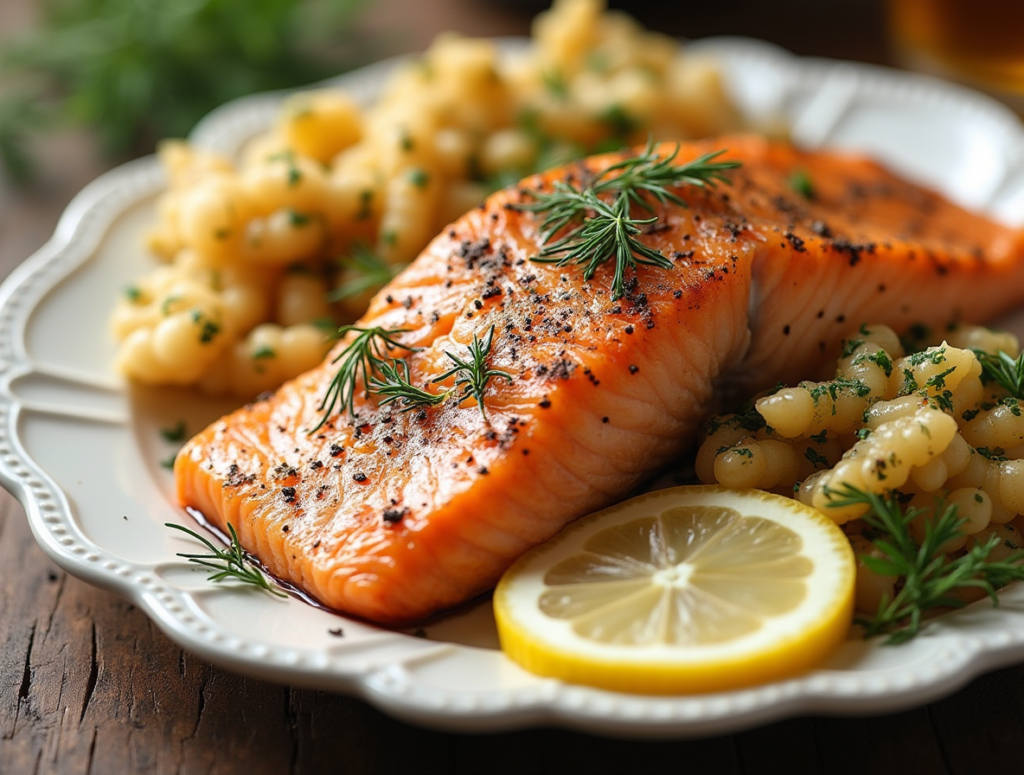
Conclusion
Baked salmon is a simple, nutritious, and flavorful dish that anyone can prepare. Whether you prefer classic garlic butter, zesty lemon herb, or a spicy Cajun kick, there’s a baked salmon recipe for everyone. Pair it with your favorite sides, enjoy its many health benefits, and don’t be afraid to experiment with different flavors.
FAQs
1. How do I know when salmon is fully cooked?
It should reach 125°F-130°F and flake easily with a fork.
2. Can I bake salmon from frozen?
Yes! Add an extra 5-7 minutes to the cooking time.
3. Should I remove the skin before baking?
No, the skin keeps the salmon moist. Remove after baking if desired.

